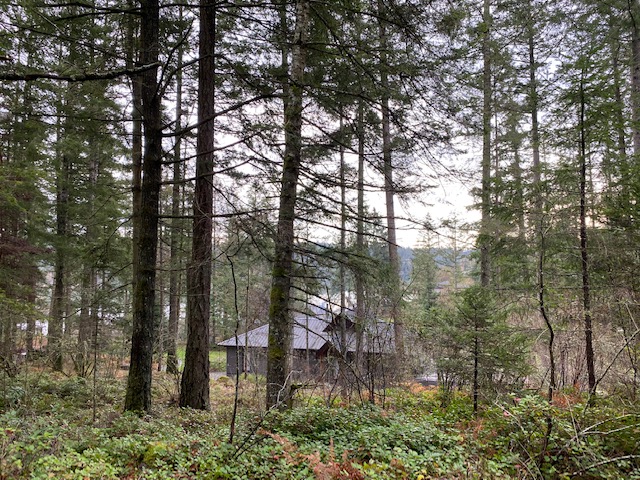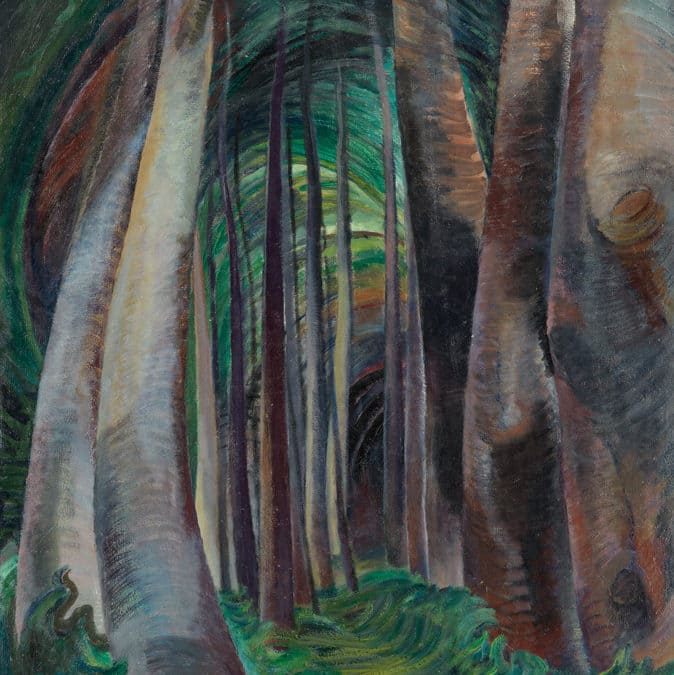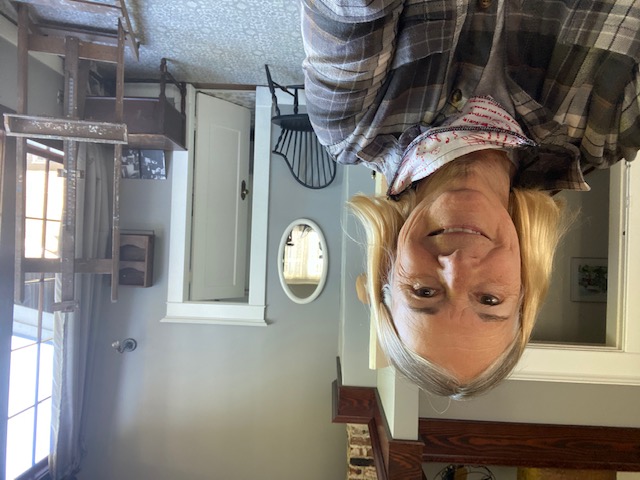“I can’t wait to quarantine!” Said no one ever, except maybe me to a few San Diego friends this last month.
This quarantine has actually been delightful. I just spent a week in a wonderful woodsy setting that made me miss nothing about being able to go out in the world (see photo below). The path of wet leaves and rustling cedars on the property made for beautiful outings, and inside I had four seasons of The Crown to binge watch while I had access to Netflix.

Today, I switched places for the second half of my two-week isolation, necessitated by the fact that I came back a week early and couldn’t go immediately to the quarantine spot I originally booked—the spot that had me, honest to goodness, telling friends how I couldn’t wait for the chance to quarantine.
Why? Drum roll, please, and settle in for a little background. Earlier in the year, I got the urge to write a play. It’s done now, and I was looking around for an idea for a second one. There is a very active theatre culture here in Victoria, and what looks like a lot of support for playwrights. I thought perhaps it would be good to find a topic that might resonate well here, but more important, suit the kinds of female-centered stories I love to write.
“How about Emily Carr?” I asked myself. Emily Carr (1871-1945), for those outside Canada, is one of the most important 20th century Canadian artists, who along with Lawren Harris and the Group of Seven, defined a uniquely Canadian approach to painting. The fact that few outside Canada have heard of her is the fault of their schooling, not her achievement. Probably the closest equivalent among American artists would be Georgia O’Keeffe.

Her most acclaimed works focus on the vanishing world of the indigenous people of coastal British Columbia, including many powerful representations of totems in their context. It’s her paintings of forest interiors that to me are her true masterpieces, though, capturing the life force and spiritual energy of the forest. There isn’t room here for more than one example, but please look her up and gorge yourself on her work!

Emily received little recognition even in Canada until she was in her fifties and for a number of years ran a boarding house to make ends meet. I came up with an idea for a trilogy of one-act plays set in this boarding house, and focusing on the transition points women go though in life. As I began to think through how this play might work, I looked up what years she had been running the boarding house, to know exactly how old my character would have to be. To my surprise, I saw a link to a site offering rental lodging there. Excited, I wrote to the agent, asking if by any outside chance there was anything available the first half of December, and he wrote back saying he was sorry, but the only thing available was Emily’s studio. Sorry??? Emily’s studio???

And now here I am, for two weeks in the space she custom built for herself on the second floor over the rental units. There’s a wall that is almost all window, with an empty easel next to it (in background of this photo) where she struggled to paint in her vanishingly little free time When she was here, the whole place would have been crowded floor to ceiling with canvases, animal cages ( she kept quite a menagerie, including a cherished monkey, Woo) but now it is a tidy, shabby-chic little nest, with mostly period furniture of the sort that might have been buried under all her clutter.
I felt a change come over me as I settled in, almost a metabolic slowing, so that all I want to do right now is sit and stare out the window. I’ve set up my laptop in a small day room overlooking the street, but work can wait. I am living in the room where my play is set. I can act it out as I write, see the door the actors will come in through, sit in a chair where she will sit, see her at her easel, sleep in her bedroom. The words will come. Maybe she will too.
